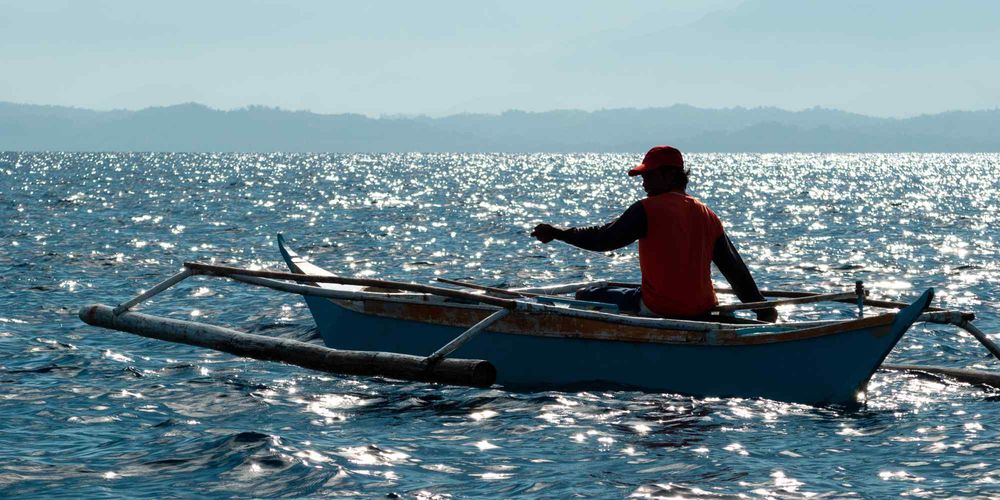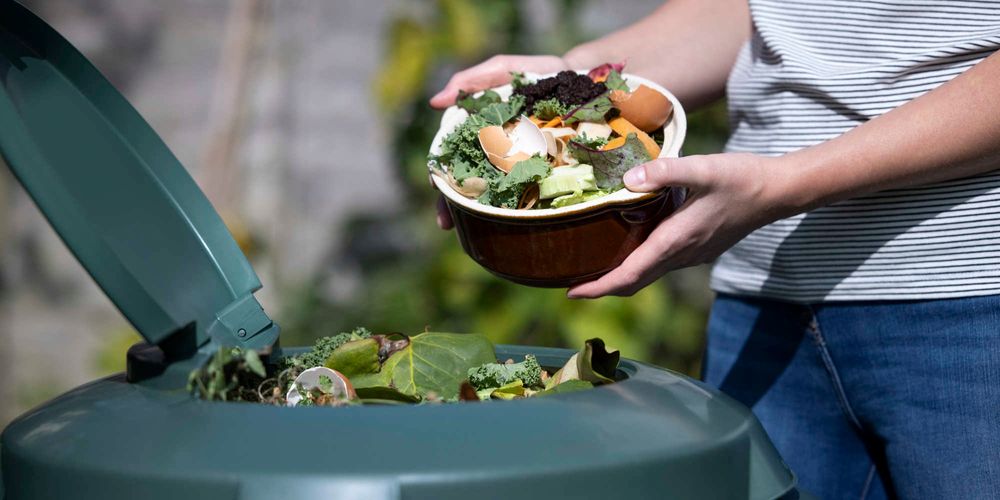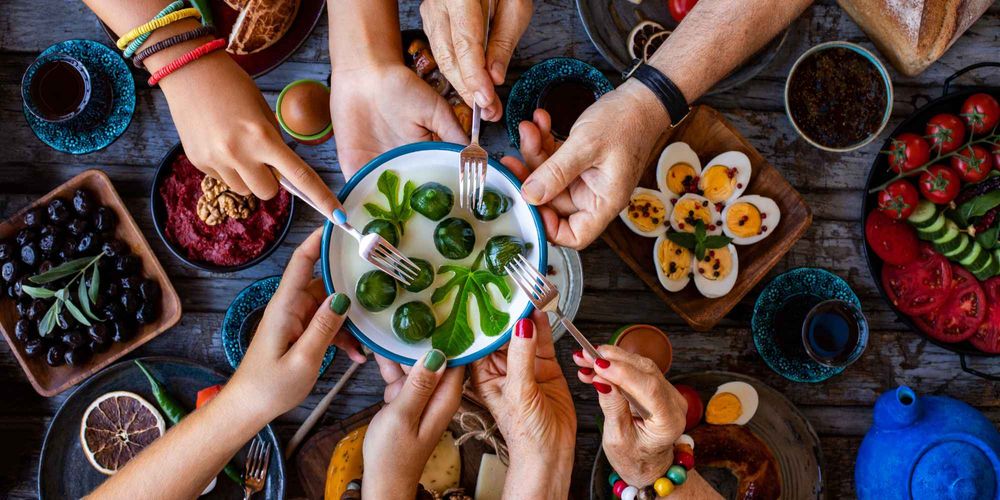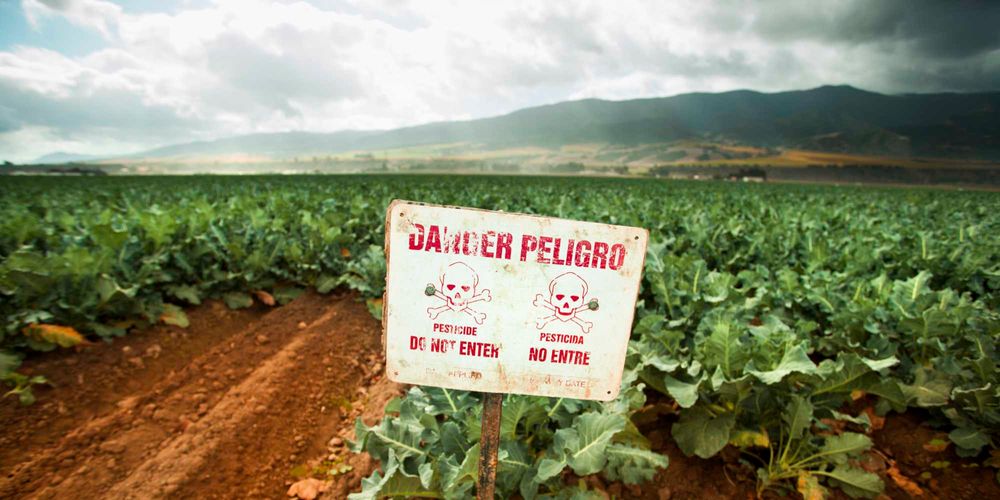Issue 38 • Week of October 2, 2022
October is National Seafood Month, when we revisit recent sensational stories predicting a global oceanic collapse in less than 30 years... that scientists no longer endorse. Their primary conclusion, however, remains in tact that the marine life we rely on is more fragile than previously thought because overexploited fish stocks have risen from 10% in 1974 to 34% in 2017 and our planet is already past its max capacity for sustainable fishing.
Plus, their research only focused on trends in overfishing and did not consider other pressures on aquatic populations such as plastics, pollution, algae bloom, and freshwater salination. We still need to act decisively to change the seafood industry since the scale of these threats has accelerated as consumers from the United States to China have heard their doctors who said to eat more fish and recent trade agreements only placate the status quo.
Luckily, the message of sustainable seafood has started to get through to voters. In just six short years, Americans who support seafood traceability have risen from 83% to an astounding 92%. Three quarters of those who eat seafood every month would voluntarily pay more for additional safeguards.
Why are fish still in so much trouble and what should we do to ensure that future generations can enjoy seafood as we have?
The seafood industry still relies heavily on self-policing and opt-in behaviors that are rife for greenwashing. Attempts at voluntary change by grocers have been met with anger from fishermen. Even well-intentioned initiatives to track sustainability can break down at any point from tide to table.
Savvy foodies now demand sourcing details from grocers and waiters who at best rarely know fish origins and at worst are incentivized to stretch the truth. Yet no one in this equation should need to know Atlantic from Pacific cod, especially when there are often conflicting details from the same organization. Take, for example, the EDF who labels cod as a best choice for sushi while rating cod from Japan among the worst for seafood. Then consider that the EDF is one of five or more non-profits who score seafood sustainability. Imagine if we had to rely on this cacophony to inspect beef or chicken. E. coli and salmonella would be a daily life-or-death fear instead of a rare headline due to gross negligence. Unfortunately that is exactly what is happening with the viability of our seafood supply. Unsustainable seafood should never even make it onto the menu and this is one clear case where we need government intervention to save an industry from itself.
We should be proud that the US spends more than any other country on beneficial fishing tax subsidies, but we must augment these incentives because they actually do not influence the majority of what we eat. Up to 90% of the seafood on our plates is imported so we need to restore our fish stocks to prepare for a dwindling supply elsewhere and assist other nations to prevent theirs from collapsing. Seafood suppliers should be encouraged to catch new species, adopt new methods, or transition to entirely new businesses like from lobster harvesting to kelp farming just as former whalers became tour guides for whale watching. Alternative seafood and advances in aquaculture are also helping to cut down the negative environmental effects that have often come with farmed fish.
Until these innovations are more widely adopted, look for ratings from the Marine Stewardship Council (MSC) and Aquaculture Stewardship Council (ASC) that may not be perfect but are a start.

|
How has overfishing and poaching affected our society? |
||
| 1 | Only 7% of all waters globally can safely accept more fishing, with the rest either maxed out to capacity or already overexploited to the verge of collapse | ||
| 2 | Global seafood consumption has quintupled since 1960 and is expected to increase further as human population grows another 3 billion this century | ||
| 3 | Illegal poaching remains a worldwide problem for many species particularly eels (better known as unagi), so that annual global fish catches are routinely over 33% higher than what is reported | ||
| 4 | Bottom trawling and actual dynamite remain in use to harvest fish, wreaking havoc on entire marine ecosystems, while forced labor and modern slavery is responsible for much of the shrimp and tuna we eat | ||
| 5 | The percentage of fish species ingesting plastic has doubled in less than a decade to 33% which, along with pollution and salination, carries grave consequences for aquatic reproductive ability | ||

|
What are some goals that would prioritize sustainable seafood? |
||
| 1 | Fund additional inspection to expand traceability for imported seafood from 50% to 100%, since up to 90% of the seafood that Americans eat is imported | ||
| 2 | Offer only sustainable seafood at supermarkets to eliminate confusion, which when tested in Europe, increased prices by a mere 7% | ||
| 3 | Transform remaining subsidies that encourage overfishing into tax incentives for fishermen to change how or what they harvest | ||
| 4 | Digitize compliance with blockchains and rights-based management in order to manage entire ecosystems rather than individual populations and protect 30% of seas by 2030 | ||
| 5 | Adopt a zero waste mindset to reduce plastic pollution and eat responsibly with special attention to putting lionfish and other invasive species on the menu | ||

|
Which actions will you take from across the spectrum of potential solutions? |
||

|

|

|
|
| Impact | Get Help | Give Money | Give Time |
| Short | Use an app to inform buying choices | Eat local | Comment on a fishery improvement project |
| to | Source sustainable seafood | Give salmon to indigenous families in need | Join a seafood traceability effort |
| Long | Get funding for a sustainable fishery | Support innovations in cultivated proteins | Encourage funding and enforcement of fishing laws |
| Term | Apply for an alternative protein research grant | Contribute to regenerative sea farming | Nominate a marine sanctuary |

|
Who can I get inspiration from? |
||
| "The concept of 'peak oil' has penetrated the hearts and minds of people concerned about energy for the future. 'Peak fish' occurred around the end of the 1980s." | |||
| - Sylvia Earle | |||
Marine sanctuaries can help restore fish stocks as a public good that benefit both our health and the environment, like narrow lands that enable freedom of movement for humans and even some wildlife. Check our next issue for what you can do to support sidewalks and trails.
© 2022 Surmountable, PBC



